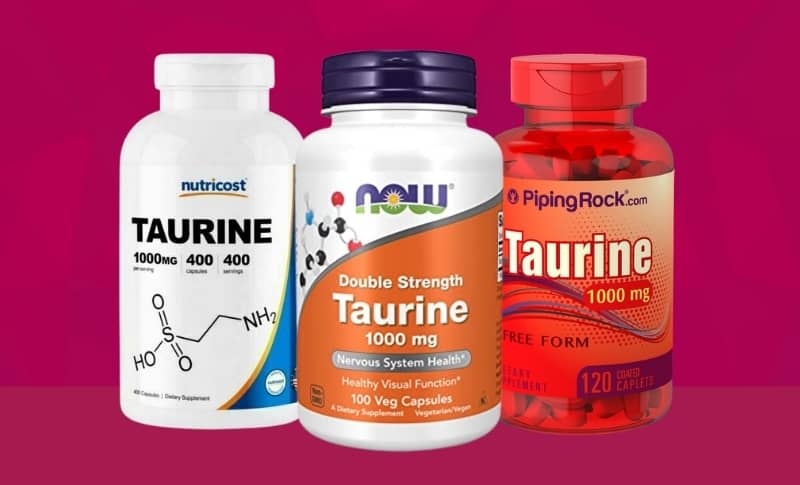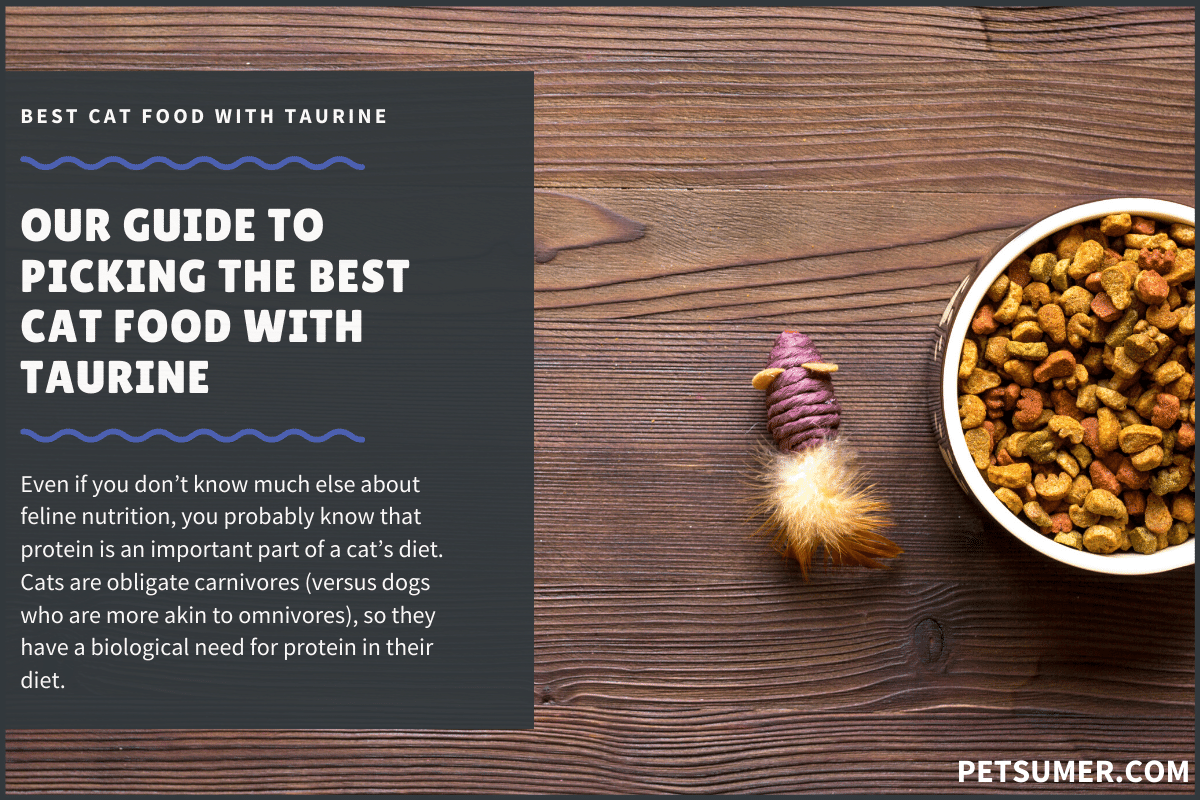
The light meat of both birds contains much lower levels of this amino acid, which is why you should always opt for the darker variety.ĥ. Dark chicken meat contains about 170 milligrams for every 100 grams. Turkey and chicken are other great sources of taurine, with dark turkey meat containing up to 306 milligrams for every 100 grams. Poultry Image credit: Louella938, Shutterstock White meat, on the other hand, contains about 120 milligrams of amino acid for the same portion.Ĥ.

Dark meat tilapia contains up to 972 milligrams of taurine per 150 grams. You will find that freshwater fish are rich in taurine. Tilapia Image credit: Anton Starikov, Shutterstock When choosing your tuna, consider going for that with darker meat, as it tends to be richer in amino acids than its white meat counterparts.ģ. Tuna is another excellent source of this amino acid, with varieties such as yellowfin containing up to 964 milligrams for every 100 grams.

Tuna Image credit: Volosina, Shutterstock These contain 655 milligrams and 240 milligrams, respectively, for the same amount.Ģ. Other types of shellfish to consider include mussels and clams. This means that whether you decide to cook them or give them raw, your doggo should obtain more than enough taurine to fulfill their needs. Shellfish, especially scallops, have some of the highest taurine content of any source, with up to 827 milligrams of the amino acid for every 100 grams. Shellfish Image credit: Elflaco1983, Shutterstock This article will discuss the best meats to give your dog to ensure they have enough taurine in their systems. You can also give your dog taurine supplements. And different types of meats have different levels of this amino acid. Taurine, however, is only found in muscle meat. To avoid these issues, therefore, it is important to ensure that your dog is on a taurine-rich diet. If not treated early, this condition can lead to congestive heart failure.

Another issue resulting from this deficiency is dilated cardiomyopathy (DCM).ĭCM is a condition characterized by the thinning and weakening of the walls of a dog’s heart, which compromises its pumping efficiency. It is characterized by symptoms such as panting, abdominal pains, blood in urine, fainting, and overall weakness. Taurine deficiency has far-reaching effects. Image credit: Olena Yakobchuk, Shutterstock

Dogs of these breeds are at a higher risk of taurine deficiency if not fed an appropriate diet. They include Labrador Retrievers, Cocker Spaniels, Newfoundlands, English Setters, and Saint Bernards. Senior dogs, for example, produce much lower levels of this amino acid, which puts them at risk of taurine deficiency.Īdditionally, some dog breeds are prone to taurine deficiency. However, there are certain scenarios where a dog is unable to make its own taurine. This includes strengthening the immune system, promoting brain cell development, boosting cardiovascular health, regulating electrolytes, and improving reproductive health.įortunately, unlike cats, dogs can synthesize their own taurine. This amino acid is especially important to meat-eating animals such as dogs and cats because it plays a critical role across a wide range of physiological processes. Taurine is an amino acid – one of the 22 basic building blocks of protein. The information is current and up-to-date in accordance with the latest veterinarian research.


 0 kommentar(er)
0 kommentar(er)
